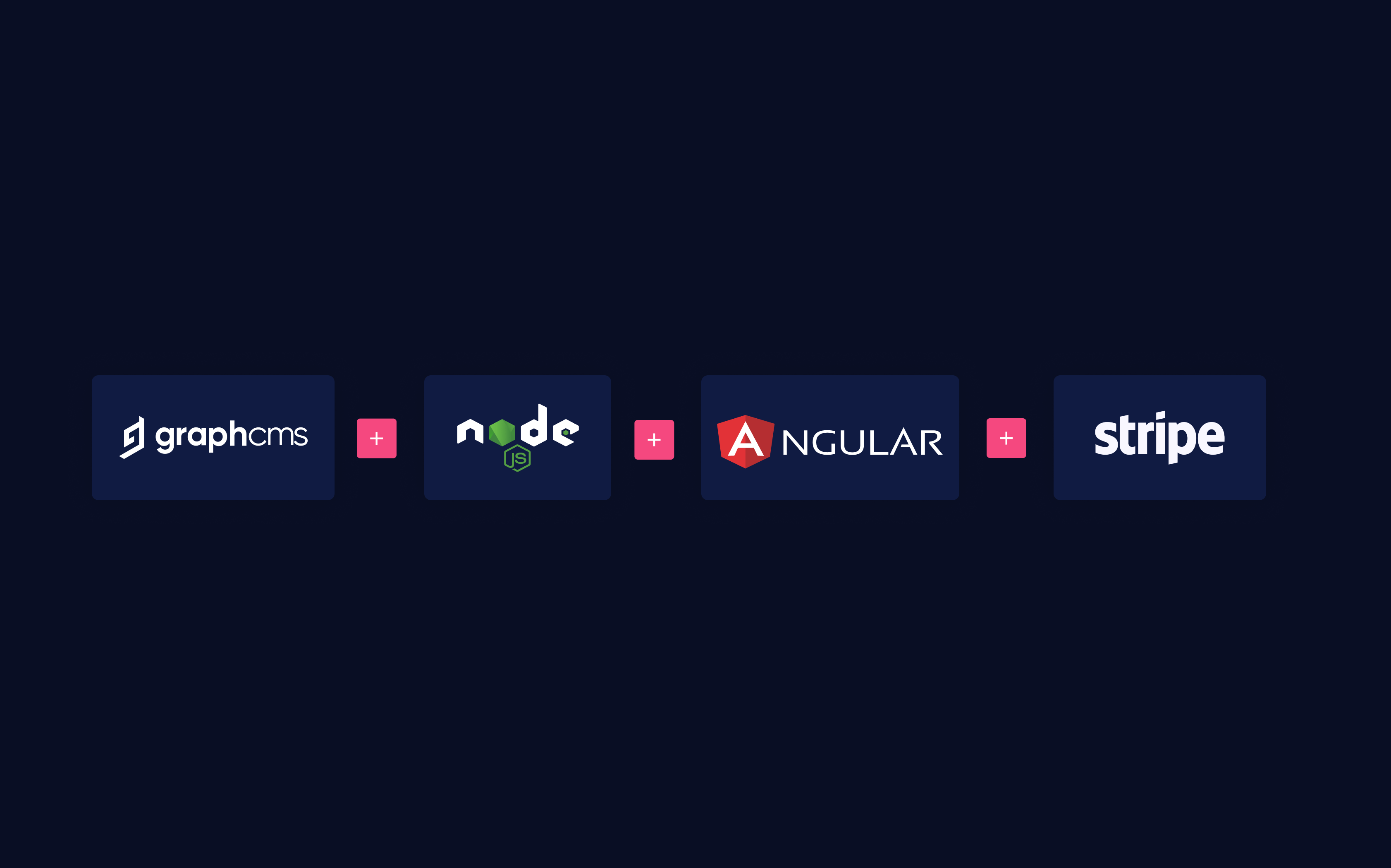SnapshotAnchor
BioCentury helps C-level biotech executives and investors make business-critical decisions by providing independent deep-dive analysis, high-quality data, and business intelligence on a global scale.
They report on and dissect trends before others, helping you to better position your company for change and to capitalize on that change before your competition. No matter where you are in the drug development process—from idea to patient—they help you answer critical questions, decipher strategic trends, objectively evaluate product and business strategies, and assess competitive, financial, and policy risks.
The team was looking to replace their Drupal6 instance with a more flexible system that could make their data more accessible and turn their website into a powerful content hub. Their existing infrastructure had grown too complex over time and became difficult to manage with the high velocity they needed to provide a high quality user experience.
The ProcessAnchor
Over the years, the BioCentury vision for how to organize and deliver content evolved. Originally the team used a rigid page-based structure that worked - templates with content blocks, headlines, among others. As content trends changed, the BioCentury team needed to be flexible with their content and add other embeddable visual components to make their entries more engagement-friendly and interactive. When beginning their evaluation of a new system, one priority was to find a Headless CMS that would let them migrate all their carefully maintained content that accumulated over the last 30 years and accommodate the ever-evolving content ideas from the content teams.
It was necessary for the team to use a tool that could enable greater flexibility for different content types without creating a convoluted infrastructure. During the evaluation phase, GraphCMS stood out for a variety of reasons, but according to David Smiling, CTO at BioCentury, the winning moment was the ease of content modeling, and the way in which relations were instantly populated. The ease of use and intuitiveness of creating structured content is what convinced the team to opt for GraphCMS.
My eyes lit up at how easy and intuitive it was to do content modeling with GraphCMS.
Why GraphCMS?Anchor
The BioCentury team chose GraphCMS for the following reasons.
Flexible Schema ModelingAnchor
From a technical standpoint, GraphCMS empowers the BioCentury team to create any form of content they imagined using the structured content approach to content modeling. The ability to quickly create flexible content models that suit their wide range of use cases with GraphCMS has brought BioCentury closer to their goal of creating a powerful content hub.
Realistically for me success is when there’s a content idea and I can easily see my toolkit, and know yes, it can work. And GraphCMS gives me that because the content modelling gives me unlimited possibilities of what we can connect and build based on what we’re looking for.
Faster Content Creation TimelinesAnchor
The updated workflows have led to drastic improvements to the BioCentury team’s content creation timelines. The early days of the outbreak of COVID-19 brought a flurry of new content and recent developments that were time-critical and needed to be published on the website. Adapting quickly using GraphCMS and flexibly generating new content enabled the team to seamlessly react to the crisis and disseminate up-to-date information about response to the COVID-19 outbreak.
Programmatic Content ManagementAnchor
Today, the content team is easily able to publish and maintain content on their frontend, using GraphCMS as a content hub to programmatically create, edit, direct, and deliver content to the necessary places. Using GraphQL Mutations, GraphCMS can easily make changes to content within the system programmatically, reducing the amount of manual work for the content team and improving consistency of data across the various systems. The ability for GraphCMS to act as a programmatic content hub with read-and-write operations via API was critical to the BioCentury team.
The Current SetupAnchor
BioCentury’s new website is a high performing project powered by Angular, NodeJS, ZoneJS, Express, HammerJS, Stripe, and GraphCMS.
Results and BenefitsAnchor
Flexible Content Modeling where content editors are no longer limited to rigid content blocks
It is easy to create relations between the fields in GraphCMS is a straightforward and powerful feature
Smooth migration which allowed the team to meet deadlines thanks to GraphCMS support
Content teams are able to take a hybrid approach with some content being programmatically generated through the GraphCMS API while other content is manually put into the CMS
GraphCMS easily fit into their existing workflow while giving content teams more power



